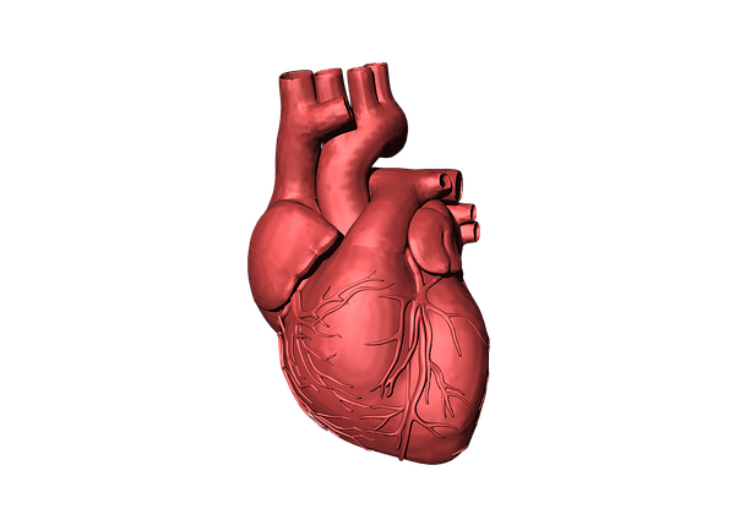The clinical data from 20 paired samples indicates that the standard biopsy causes significant injury to a transplanted heart and is evidence of the potential of this technology to serve as a marker of cardiac injury in transplant patients receiving heart biopsies.

Image: myTAIHEART test offers evidence for injury from biopsy of heart transplant recipients. Photo: courtesy of Reaper DZ from Pixabay.
TAI Diagnostics, focused on developing innovative diagnostic tests for monitoring the health of transplanted organs, today announced the publication, “Effect of endomyocardial biopsy on levels of donor-specific cell-free DNA” in the October, 2019 issue of The Journal of Heart and Lung Transplantation.
The clinical study presented in the paper was conducted jointly by Steven Zangwill, MD, Karl Stamm, PhD, Mats Hidestrand, PhD, Aoy Tomita-Mitchell, PhD and Michael Mitchell, MD
The publication describes the use of the myTAIHEART® test to analyze the release of donor-specific cell-free DNA in the blood of heart transplant patients before and after receiving heart biopsies.
The clinical data from 20 paired samples indicates that the standard biopsy causes significant injury to a transplanted heart and is evidence of the potential of this technology to serve as a marker of cardiac injury in transplant patients receiving heart biopsies.
“The myTAIHEART® test is exquisitely sensitive to injury to the donor organ,” said Dr. Aoy Mitchell, co-author and co-inventor of the test.
Transplant rejection is the major determinant of patient outcome and routine monitoring is necessary to detect rejection. The current gold standard for monitoring for the status of organ rejection is tissue biopsy. However, tissue biopsies are very invasive with risks for the patient, subject to sampling error, can be a lagging indicator of organ damage, and expensive for the patient and healthcare system. The myTAIHEART® test is performed with a small blood sample and is a direct measurement of organ injury through identification and quantification of donor-specific cell-free DNA which is released from injured cells in the patient’s blood.
Source: Company Press Release
